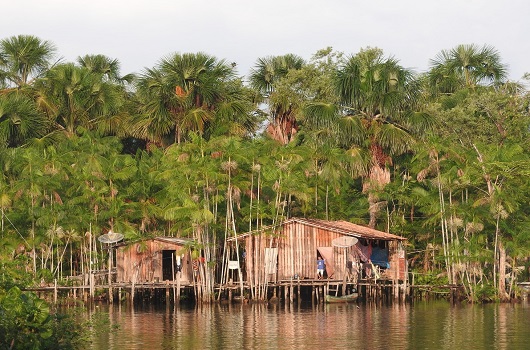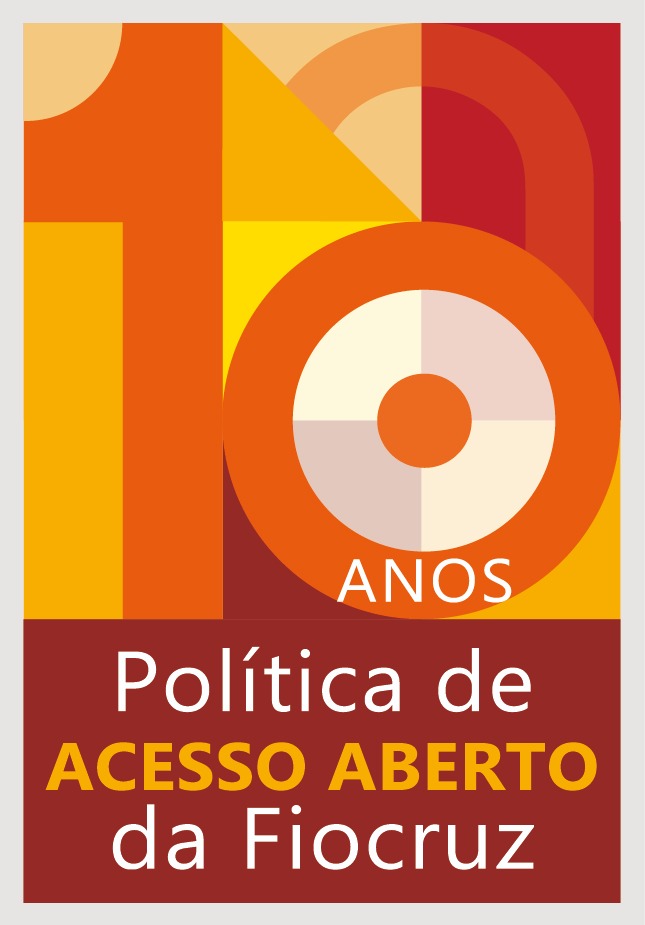Project launches unprecedented database on the Amazon
06/02/2023
Center for Biodiversity and Ecosystem Services (SinBiose/CNPq)
Researchers from the Center for Biodiversity and Ecosystem Services (SinBiose/CNPq) published this Thursday (2/2) the Trajectories database, in the journal Scientific Data, of the Nature group. The database brings together 36 environmental, socioeconomic, and epidemiological indicators for the period between 2000 and 2017 for all 772 municipalities in nine states of the Brazilian Legal Amazon. The data is available openly and free of charge for anyone to consult.
The data covers an area of 5 million km2 (photo: Inpe)
The selection, analysis and equalization of this data took approximately three years and covered an area of 5 million km2, which represents approximately 60% of the entire Brazilian territory. “This database will make it possible to investigate the association between the Amazonian agrarian systems and their impacts on environmental and epidemiological changes, in addition to expanding the possibilities of understanding, in a more integrated and consistent way, the scenarios that affect the Amazon biome and its inhabitants”, explains Claudia Codeço, project coordinator and Fiocruz researcher.
The Trajectories database is the result of the Trajectories project, one of the seven SinBiose/CNPq synthesis projects. The focus of the project is to generate a synthesis of knowledge about the relationships between economic development, land use, epidemiology and conservation in the Amazon. The team brings together epidemiologists, economists, ecologists, biologists, geographers, doctors and social scientists who have developed multidisciplinary and coherent indicators for integrated studies in the Brazilian Amazon.
“This is a set of data from different sources and institutions that have been harmonized, that is, that now share the same unit of spatial and temporal analysis so that they can be compared”, explains Ana Rorato, first author of the study and postdoctoral fellow in the Trajectories project.
The topics available for consultation in the Trajectories database are: habitat loss, land use and cover, human mobility, climate anomalies, vector-borne disease burden and multidimensional poverty rates for rural and urban populations for each of the municipalities in the Legal Amazon Brazilian, among others. These indicators and indices are scored on four-time frames: the 2000 and 2010 demographic censuses and the agricultural censuses conducted in 2006 and 2017.
In addition to data from the IBGE census, the database has information derived from satellite images from national and international sources and from the National Disease Notification System. “These data sources were chosen because of their easy access, temporal and spatial range, and high data quality,” explain the authors.
One care taken by the authors was to create indices that reflect the Amazonian reality. “For example, the traditional poverty index can work well in large cities, but it doesn't work in the Amazonian reality”, complements Claudia. “Measuring poverty in the Amazon region is a complex task, as it requires an understanding of issues that transcend economic indicators”, they inform in the text. The approach adopted measures the degree of household deprivation in rural and urban areas, which can affect and be affected by environmental and economic changes. Thus, the Multidimensional Poverty Index was created in its rural and urban versions. These indices are composed based on the calculation of 15 to 19 health, education and living conditions indicators (which include housing, collective services, employment and private consumer goods). “Multidimensional poverty means simultaneous deprivation in multiple dimensions”, explains Claudia. In this calculation, a household is considered multidimensionally poor if its deprivation score is higher than 0.25.
Another concern in preparing the Trajectories database was to ensure that this data can be reproduced in the future. For this, the "recipe" for repeating each indicator is described in detail in the published article. “This will make it possible to monitor the unique health of the Amazon at different times and situations”, explains Rorato. According to Claudia Codeço, "the next step is to develop models and identify environmental typologies and their degrees of impact in the Amazon to then make predictions for the future".
Trajectories Project
The Trajectories project of the Center for Synthesis in Biodiversity and Ecosystem Services (SinBiose/CNPq) started in 2019 and is headquartered at Fiocruz and Inpe (Institute for Space Research). Its goal is to synthesize knowledge about ecosystem services and their relationship to the economic system and human health in the Amazon. The project develops new classification and evaluation protocols for ecosystems and specific environmental services related to diseases, whose most important determinants are environmental. The objective is to provide a structure for the joint debate of the economic, environmental and health dimensions, seeking to give greater visibility to the ways of life of local populations, their structures and production systems.




